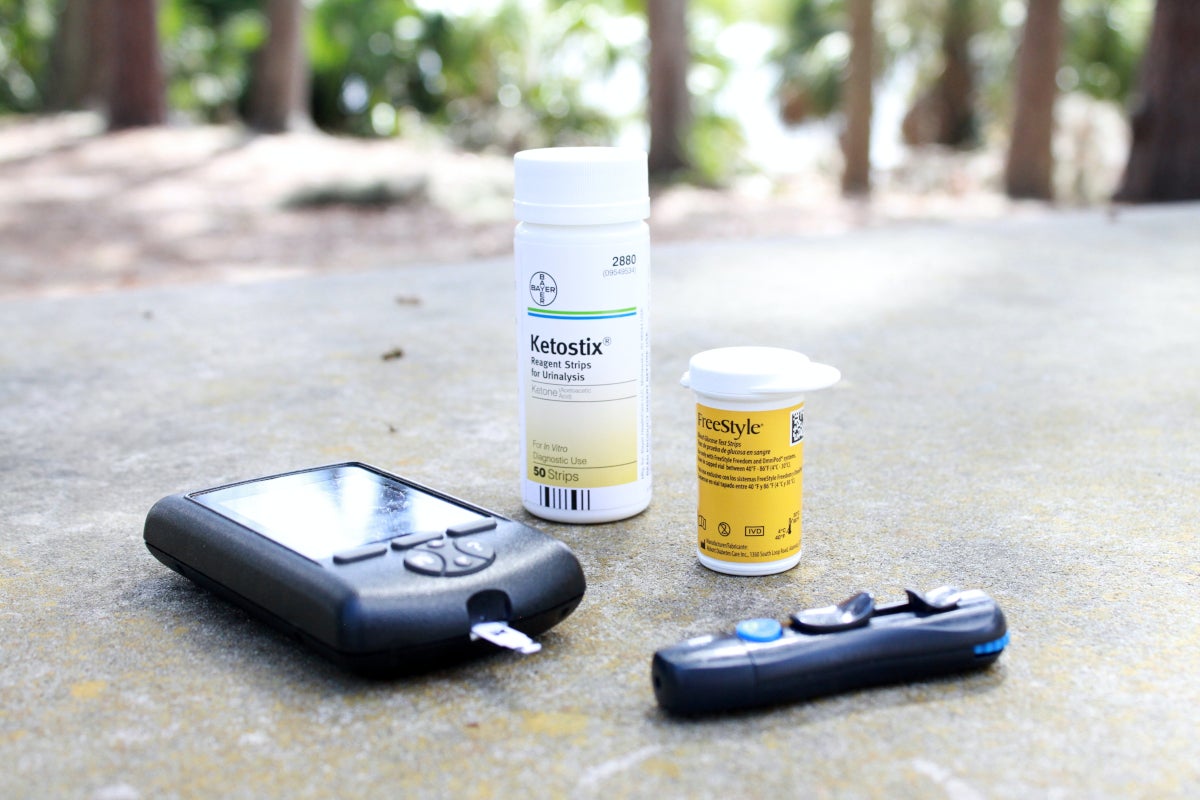Apple seeks patent for technology that will be used to monitor Apple Watch users’ blood sugar readings

Illustration from Apple’s patent application
How does Apple plan to measure someone’s blood sugar level without drawing blood? A new patent application filed by Apple with the U.S. Patent and Trademark Office explains how. With the long-winded title “Terahertz spectroscopy and imaging in dynamic environments with improved performance using environmental sensors“” Apple plans to use absorption spectroscopy to obtain non-invasive blood glucose measurements. materials ‘to be detected.’
There are some issues. Apple adds: “To integrate a gas sensor on an electronic device, an orifice or opening is needed to allow air to flow on the gas sensor so that the gas can be detected.” The opening used to allow airflow can reduce the protection of the device against water. The blood sugar reading should also be accurate. If it is down even with a small amount, the user may end up taking too much insulin and having a hypoglycemic or low blood sugar attack. This may disappoint the user. The system proposed by Apple will be able to continuously monitor the blood sugar levels of a diabetic, but not according to the accuracy that hospital patients have available. If you bring a non-invasive blood glucose test to the Apple Watch, the device’s battery can drain much faster than usual. To make a blood glucose monitor available on the Apple Watch, the device needs to monitor more than just gas. But there is a question as to whether the watch is large enough to fit in all the necessary components. The price of the Apple Watch will also have to rise.
The technology discussed in the patent application can also be used to detect skin cancer and other skin problems. And while it all sounds great, Apple has been working on non-invasive blood glucose testing for years, and there is no sign that the company has actually started working on this technology. Still, the potential payout for diabetics and Apple would be huge. Especially considering the other potential diseases that can be detected with this technology.
